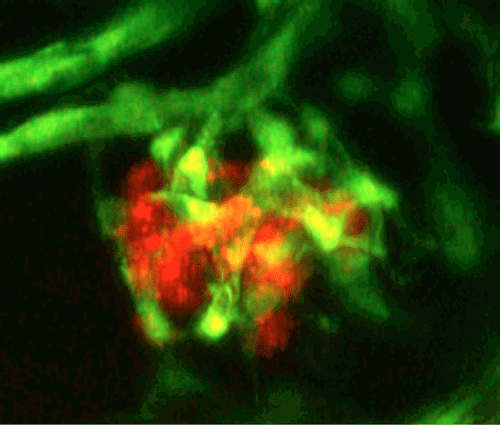| ZFIN ID: ZDB-LAB-990301-1 |
Moss Lab
|

|
GENOMIC FEATURES ORIGINATING FROM THIS LAB
Show
all 2 genomic features
STATEMENT OF RESEARCH INTERESTS
Our laboratory is interested in beta cell growth, development and signaling in animal models and humans, especially with relation to human diseases impacting pancreatic islet beta cells. We are members of the Duke Molecular Physiology Institute (DMPI), a new collaboration of genomics, transcriptomics, proteomics and metabolomics investigators working on many aspects of the metabolic syndrome, diabetes and obesity. Regenerating, transparent zebrafish are currently being used in our lab to test small molecules that potentiate beta cell growth in vivo. By translating positive hits into engineered tissues called vascularized islet hydrogels, we are currently developing a pipeline to identify drugs having the potential to ameliorate human diabetes. Our expertise includes the following programmatic areas:
• In vivo analysis of signal transduction pathways in the islet.
• Pancreatic islet regeneration and stem cell biology in vertebrate model systems.
• Vertebrate developmental biology and pancreas organogenesis
• Imaging and image analysis of islet cells and islet vasculature
• Small molecule potentiation of beta cell regeneration
• In vivo analysis of signal transduction pathways in the islet.
• Pancreatic islet regeneration and stem cell biology in vertebrate model systems.
• Vertebrate developmental biology and pancreas organogenesis
• Imaging and image analysis of islet cells and islet vasculature
• Small molecule potentiation of beta cell regeneration
LAB MEMBERS
ZEBRAFISH PUBLICATIONS OF LAB MEMBERS
